The EU Artificial Intelligence Act and Its Impact On Arbitration Proceedings
The European Union is on the brink of a pivotal moment in technology regulation with the final stages of the Artificial Intelligence Act. This legislation is set to establish a comprehensive legal framework for AI, positioning the EU as a global leader in the governance of rapidly evolving technologies. After receiving endorsement from EU Member States and recent approval by the European Parliament's Internal Market and Civil Liberties Committees, the Act is scheduled for a parliamentary vote on 10-11 April, edging closer to its formal enactment.
Evolution of the EU AI Act
The journey of the AI Act began with a draft proposal by the Commission in April 2021, sparking extensive discussions and negotiations. This Act represents the world’s first extensive horizontal legal framework for AI, aiming to set international standards in the dynamic tech environment. The discussions have led to a refined text that addresses the myriad complexities of AI integration into society.
Human-Centric and Trustworthy AI Systems
At the heart of the EU AI Act is the objective to foster human-centric and trustworthy AI systems. The Act defines AI as machine-based systems with varying levels of autonomy that can adapt post-deployment to achieve explicit or implicit objectives. To manage the diverse landscape of AI applications, the EU has adopted a risk-based approach, categorizing AI systems into four levels of risk: minimal, limited, high, and unacceptable. This classification dictates the regulatory requirements, with high-risk systems facing the most stringent controls.
High-Risk AI Systems and Justice Administration
A significant focus of the Act is on high-risk AI applications within the justice system and alternative dispute resolution processes. These applications are recognized for their potential impact on fundamental societal values such as democracy, rule of law, and individual rights. The Act emphasizes the necessity of human oversight in judicial decision-making, ensuring AI tools support but do not supplant the arbitrator's role. It also distinguishes high-risk applications from ancillary administrative activities, clarifying the scope of permissible AI influence on legal outcomes.
Regulating Deepfakes
Addressing the emerging challenge of deepfakes, the AI Act mandates transparency for AI-generated content that closely mimics real entities, preventing the spread of misinformation. This regulation underscores the EU's commitment to ethical standards in AI development and deployment.
Obligations for High-Risk AI Providers
Providers of high-risk AI systems must navigate a series of obligations, including conformity assessments, registration in an EU database, and adherence to rigorous standards for data integrity, human oversight, and cybersecurity. These measures aim to mitigate risks and ensure the responsible use of AI technologies.
The Path Forward
With the expected parliamentary approval in April 2024, the AI Act will mark a new era in technology regulation, initiating a transition period for stakeholders to align with the new legal landscape. The Act's implementation timeline allows for a phased approach, particularly for high-risk AI systems, ensuring a smooth adaptation process.
This landmark legislation not only demonstrates the EU's proactive approach to AI governance but also sets a benchmark for international regulatory efforts. As the EU AI Act moves toward enactment, it heralds a future where technology serves humanity's best interests, guided by principles of responsibility and ethics.
